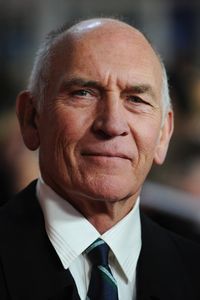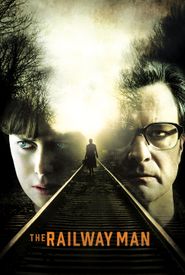Bill Curbishley, a renowned producer and production manager, emerged into the world on March 13, 1942, in the charming town of West Ham, located in the picturesque county of Essex, England, United Kingdom.
Throughout his illustrious career, he has been instrumental in bringing to life a diverse array of projects, including the critically acclaimed film "The Railway Man" (2013),the groundbreaking rock opera "Quadrophenia" (1979),and the esteemed television series "Great Performances" (1971).
















